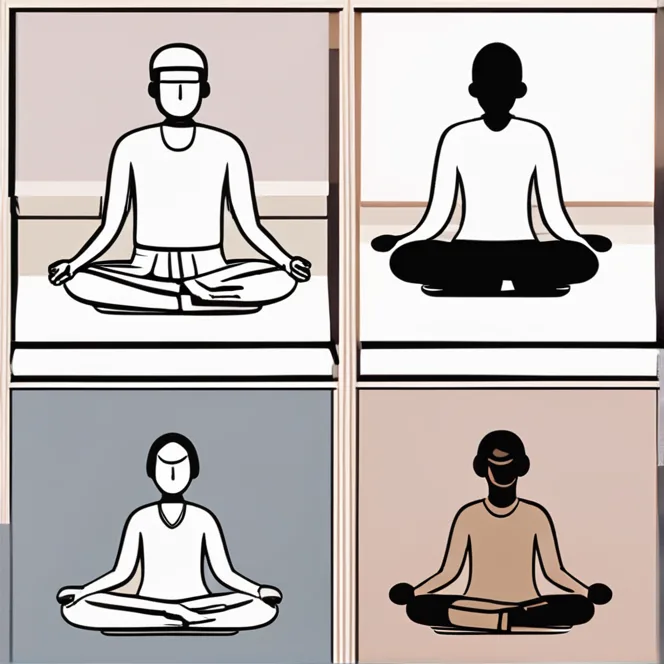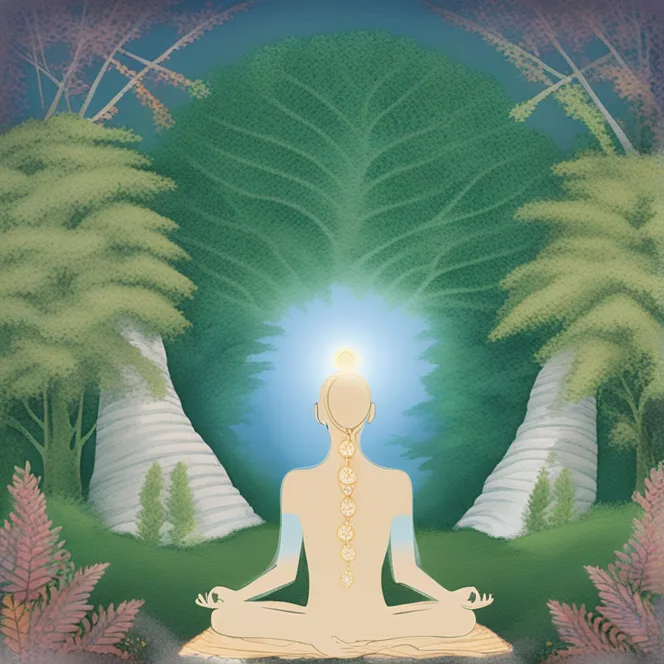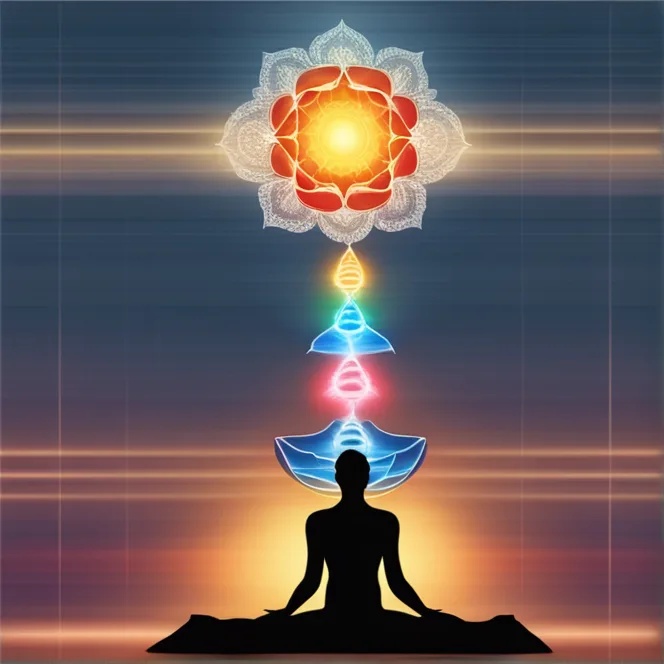
Varieties Of Meditation Techniques
Discover the diverse meditation methods for enhancing mindfulness and achieving tranquility.
article by Hina Kurosawa
Introduction to Meditation
Meditation has long been a cornerstone in various cultural practices, offering a pathway to peace, clarity, and self-awareness. As we navigate the hustle of modern life, meditation serves as a valuable tool for managing stress and promoting mental well-being. Different techniques cater to varied preferences and goals, providing a personal journey of introspection and growth. This article delves into some of the most prevalent forms of meditation, guiding you towards finding the one that resonates with your spirit and lifestyle.

Mindfulness Meditation
At the core of many meditation practices is mindfulness meditation, a technique that encourages acute awareness of the present moment. Rooted in Buddhist teachings, mindfulness involves observing thoughts, feelings, and sensations without judgment. Practitioners often start by focusing on their breath, acknowledging distractions, and gently returning attention to their breathing. This form of meditation is ideal for those seeking to reduce anxiety and cultivate a peaceful mind amidst the chaos of everyday life.

Transcendental Meditation
Transcendental Meditation, or TM, is a technique that requires silence and a mantra to help individuals dive into a state of profound relaxation and restful alertness. Popularized in the mid-20th century, this method involves sitting comfortably with closed eyes and silently repeating a personal mantra. Benefit claims from practicing TM range from improved mental clarity to reduced stress and enhanced creativity, making it a popular choice for those seeking structured meditation practice.

Zen Meditation (Zazen)
Zen Buddhism offers the world Zazen, or seated meditation, a disciplined practice emphasizing rigorous posture and breath control. Practitioners often sit in the lotus position, focusing inward as they count breaths or maintain awareness on the breath. Zazen is not just about stillness but also about understanding oneself and the nature of existence, offering a deep and introspective path often favored by those eager to engage in profound spiritual work.

Guided Visualization
Distinct from other forms, guided visualization, or guided imagery, involves envisioning a peaceful scene or narrative with the help of a teacher or recording. The visual cues contribute to a relaxed state, making it an accessible option for beginners or those who find silence intimidating. This technique is often used for stress relief, personal development, or even to promote healing, as it can transport practitioners to serene and rejuvenating mental landscapes.
Yoga Meditation
Yoga, with its harmonious blend of physical postures, breathing techniques, and meditation, offers a holistic approach to wellness. Yoga meditation can include practices such as Kundalini, which focuses on the energy at the base of the spine, or Yoga Nidra, a form of guided relaxation inducing a state between wakefulness and sleep. Suitable for those who wish to connect their mental practice with physical activity, yoga meditation strengthens the body-mind connection.
Chakra Meditation
Rooted in ancient Vedic tradition, chakra meditation focuses on the body's energy centers. Practitioners visualize and channel energy through the chakras, often accompanied by specific mantras or sounds. This technique aims to unblock and balance energy flow, contributing to overall well-being and spiritual attunement. Particularly potent for those interested in energy healing and the esoteric aspects of meditation, this practice encourages profound inner transformation.
Heart Rhythm Meditation
Emphasizing the physical and spiritual heart, Heart Rhythm Meditation involves syncing one's breath with the heartbeat to foster harmony and emotional balance. By concentrating on the heart's rhythm, practitioners aim to amplify compassion, empathy, and connectedness. Suitable for those looking to enhance personal relationships or cultivate love and kindness within themselves, this practice offers a unique intertwining of emotional health and meditative discipline.
Published: 12/13/2023
Modified: 12/13/2023
More predictions
Come back here soon to learn more about yourself and your future


Mindfulness & Meditation: What Sets Them Apart
Delve into the distinction and relationship between mindfulness and meditation in our comprehensive exploration.


The Resonance Of Calm: Meditation Sounds
Explore the tranquil world of meditation sounds and their impact on mindfulness and inner peace in this enlightening article.


Enhancing Life With Meditation Practices
Explore the transformative power of gratitude meditation, an enriching practice to enhance well-being and contentment in your daily life.